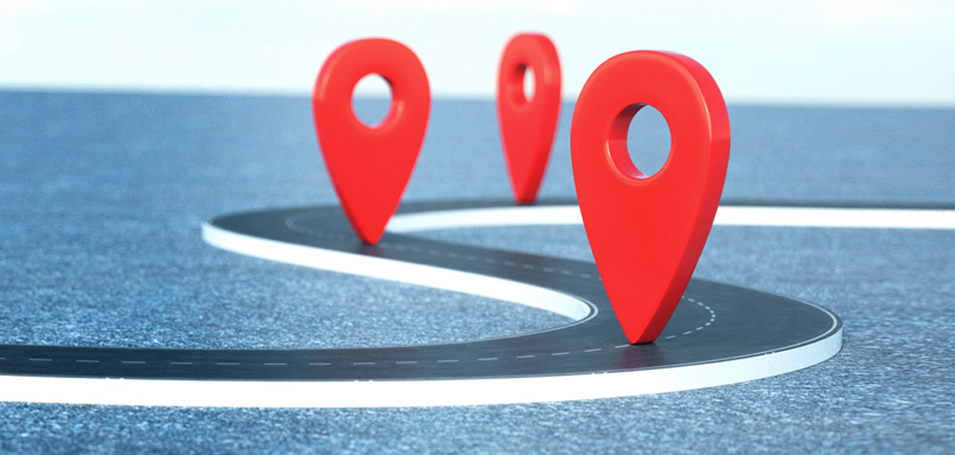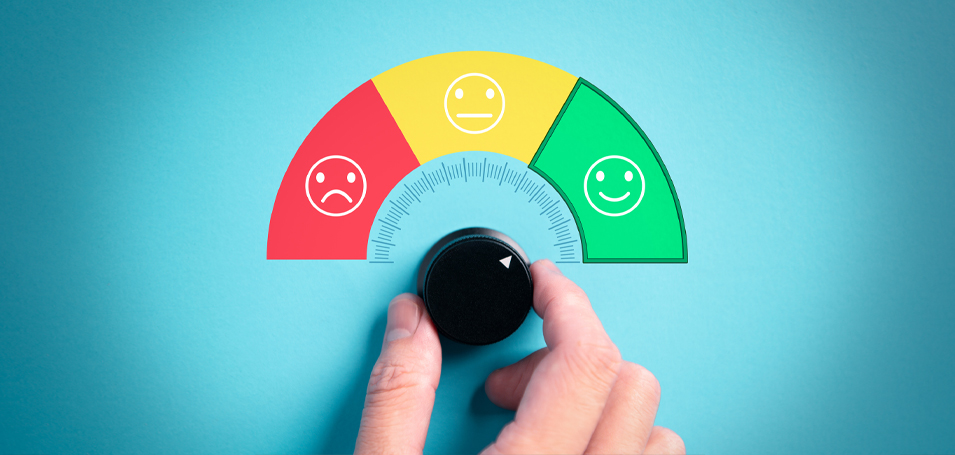If I asked you who your best customer is, would you have an immediate answer? Would your team agree?
It’s a deceptively simple question—and one that sits at the heart of everything from product strategy to customer success to revenue growth. In today’s environment, where budgets are tight and retention is key, the ability to align around your best customers isn’t just helpful—it’s mission-critical.
What Makes a “Best” Customer?
There are many ways to define a best customer, and in my experience, it has far less to do with how much a customer spends—and far more to do with how they use your product and the kind of partnership they’re willing to build.
Our best customers get value from the platform. That’s the foundation. But from there, the magic starts to multiply: they expand, adopt new features, and become vocal champions. They write case studies. They speak at webinars. They help shape your story in the market. And—importantly—they show others how to succeed.
But beyond what they do with the platform, our best customers share some core traits:
- They interact with us like a partner, not a vendor.
- They innovate—not just using more features, but the right ones that make them successful.
- They engage at a strategic level, with buy-in from executive stakeholders who see training as critical.
- They’re open to inspiration, eager to learn from what similar customers are doing.
- They’re profitable—they don’t drain resources through excessive customization or support requests.
Why This Is So Hard to Pinpoint
For many companies, identifying “the best customers” isn’t easy. Product usage data may be unclear. Relationships may be limited to one department or user level. You might assume a high-value logo or large deal equals long-term success—only to realize they’re at risk of churning.
And if you don’t know who your best customers are? You risk investing your time, your resources, and your roadmap in the wrong direction.
Why It’s Important to Define This Now
In today’s economic climate, retention and growth with existing customers are non-negotiables. Knowing who your best customers are helps you double down—on what’s working, on the segments that expand, and on the partners who will grow with you.
It’s not just about serving your current base. It’s about finding more customers who look like your best ones. For us, that means identifying companies who don’t see training as a cost center, but as a competitive advantage. The sooner you recognize those patterns, the faster you’ll scale with the right audience.
What to Do Once You Know
So let’s say you’ve identified your best customer. Now what?
This is where you shift from insight to action:
- Showcase aspirational examples. Customers love to know what other successful organizations are doing—especially those similar to them.
- Leverage health checks. Use annual reviews to recommend new features or use cases, and surface what they may have missed.
- Build the feedback loop. Use case studies, customer roundtables, and internal benchmarking to replicate success stories across your base.
- Push smart adoption. Not just “use more,” but “use what works.” Help them complete the milestones that lead to long-term stickiness.
And importantly, align cross-functionally. Include Sales, Marketing, Product, and Customer Success. My mindset going into a cross-functional workshop like this is that even as the Chief Customer Officer, it’s not about my opinion—it’s about creating organizational consensus. Because every team touches the customer experience. We can’t afford to be misaligned.
Scaling the Vision…and Knowing When to Let Go
Scaling this process can’t rely on guesswork. You need data. You need clarity. We’ve had team members manually calculate Customer Lifetime Value and uncover surprising truths… sometimes even deciding to fire customers who simply didn’t match the profile. Keeping them not only hurt profitability, it stole time and attention from the customers who truly deserved it.
So, what’s the real cost of inaction?:
- Higher churn
- Lower ARR
- Increased support burden
- Strategic distraction
Your best customers help shape your roadmap, your narrative, and your future. But only if you know who they are—and commit to serving them deeply.
Knowing your best customer isn’t a feel-good exercise. It’s a growth strategy. It’s retention, expansion, product innovation, and customer advocacy—all rolled into one. It takes effort to do it right. But the payoff is exponential.
About Jill Favro Sawatzky
Jill Favro Sawatzky is EVP and Chief Customer Officer at Thought Industries, with over 25 years of experience fostering customer relationships and leading customer-facing teams. Prior to joining Thought Industries, Jill led global enterprise Customer Success teams as an executive at Commvault, PROS, Citrix, and IBM.




